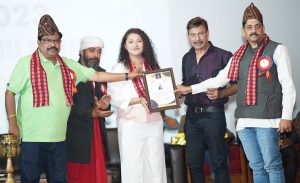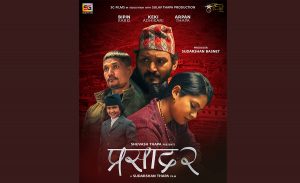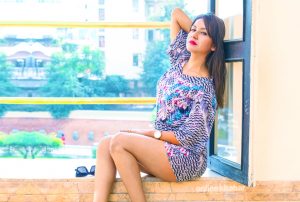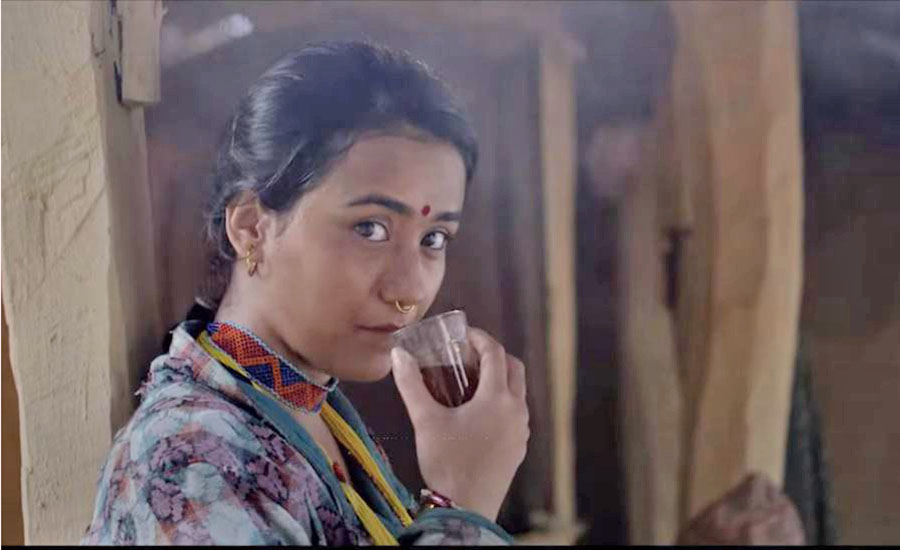
The costume is a distinctive style of dress or cosmetics of an individual or group that reflects class, gender, profession, ethnicity, nationality, activity or epoch. In short, the costume is a visual representation of people’s culture.
This representation plays a vital role in any film, be it for a feature film or TV serials. The aesthetic value of the film increases with the quality costumes, which are designed according to the demand of the characters in the film. That is why costume design is important. A costume designer is a responsible professional who designs costumes for a film, production or television show.
The history of the Nepali film industry is short in comparison to its neighbour, India, but the history of costume design in the industry is even shorter. Nonetheless, it is evolving, but many things are yet to be done.
The key role
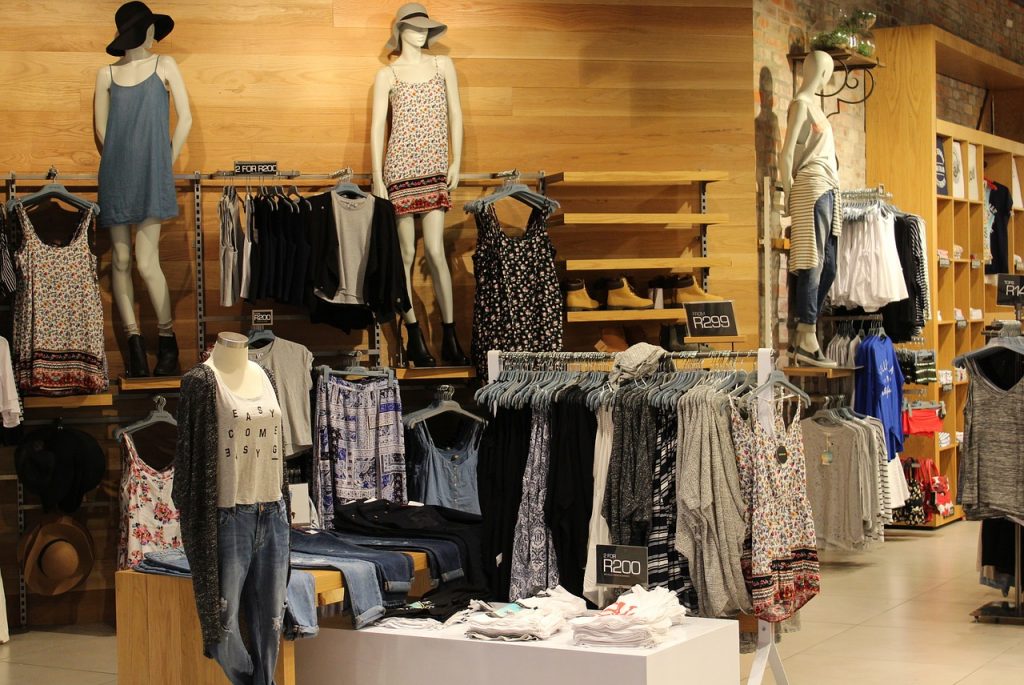
The role of a costume designer is to create the characters’ outfits or costumes and balance the scenes with texture and colour, et cetera. The costume designer works alongside the director, sound designer, and other creative personnel.
The costume designer may also collaborate with a hair stylist, wig master, or makeup artist. Designers typically seek to enhance a character’s personality, and to create an evolving plot of colour, changing social status.
Films become classics in part when all the production and design elements come together and one of the most important contributors to this fact is the costume designer.
The costume can be flashy or blend into the world completely, but ultimately it gives us a better idea of who the character is and even what the world is like that surrounds them.
Every garment worn in a film is considered a costume. Costumes are one of many tools that the director uses to tell the story. Moreover, costumes communicate the details of a character’s personality to the audience. It helps actors transform into new and believable people on screen.
The process
A costume designer creates both beautiful clothes for a glamorous entrance and everyday clothes as per the requirement of the script. They must know the background of the characters before they create a closet of clothes and accessories for the actors.
Then, they prepare the costume production schedule and record the weekly expenditure that is shared with those responsible for overall film budgeting control. After that, they carry out research into costume style and designs to ensure that all customs align with the production period set by the director and the team.
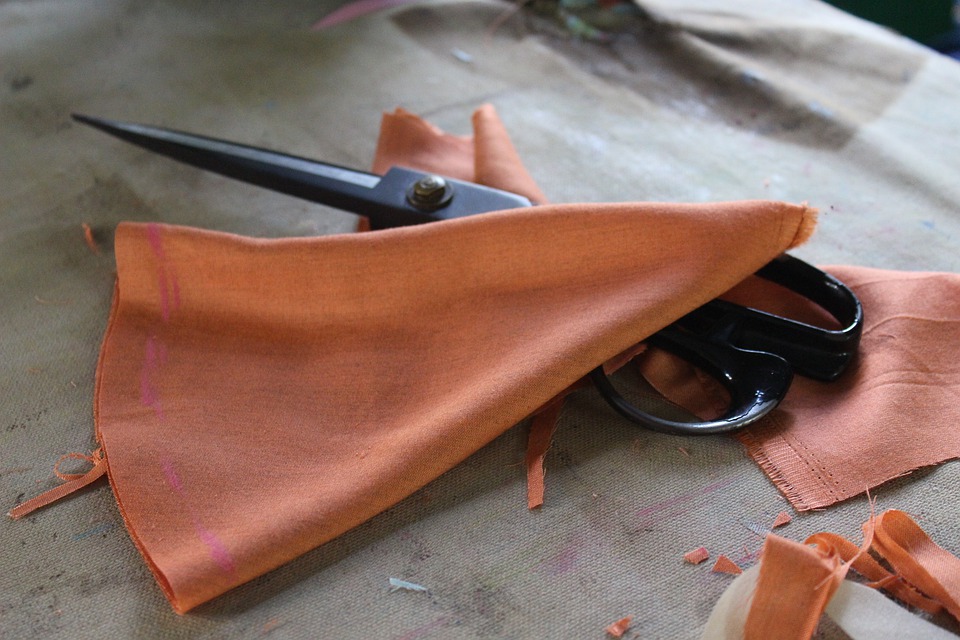
Costume designers are tasked with designing a character’s look and bear a great responsibility, It influences the audience’s psychological experience of the story and brings the character to life in the correct period and style.
They are responsible for styling the actors according to understanding the director’s vision and knowing the meaning of the costumes. As such, costume designers are good at knowing the history of the costume as well as understanding contemporary fashion and clothing design through the ages and have the ability to conduct research for the accurate portrayal of characters through their costumes.
Moreover, the costume designers are also good at storytelling, organising and communicating for comfort and quality with the professionals involved in the project.
Costume designing in the Nepali film industry

The history of Nepali cinema is not long. The first Nepali-language film was Satya Harischandra directed by DB Pariyar which was released in 1951. The film was produced in Kolkata, India. The first film produced in Nepal was Aama (Mother) by the government’s Department of Information in 1964. It was directed by Hira Singh Khatri.
When the film industry began, costume designers and studio costume departments did not exist and costumes were provided from the closet of the actors themselves.
Then, in the 90s, local tailors used to make costumes for the films and the required costumes were either rented from hiring centres or managed by the actors themselves. However, since 2000, the Nepali film sector has witnessed growth in the professional costume designing industry.
The Nepali film industry has progressed a lot over the years. Both the directors and the audience have seen changes in the sector. Some back-to-back hit films have not only helped increase the stardom as well as the fan following of certain actors but have also made significant contributions to Nepal’s economy.
Nepali films are one of the most influencing forces behind the latest fashion in Nepal. Young girls and boys follow fashion trends blindly. They follow trends set by their favourite Nepali actors and actresses.
The future
There is no doubt that costume designing in the Nepali film industry will grow more professional in the future. Gradually, people are getting aware of what a good film should look like and what it takes. Accordingly, film professionals are seen as ready to accord a high priority to costume designing.
But, everything comes with a price. To help costume designing in the Nepali film industry grow, the sector needs a big investment. It is natural on the part of the actors to wish to look good, but producers also need to cooperate with them by investing.
Following the investment, this growth requires skilled human resources. However, as the number of fashion designing institutions is growing in Nepal, stakeholders are quite hopeful for the future.






